 |
| Two dragons facing the moon. Photo: L. Cadière |
The capital is the place where “Dragon coils and Tiger sits”, so Thanh Long and Bach Ho are modeled according to Feng Shui theory. That dominant spirit runs through Hue life, from the legitimacy of the dynasty, the emperor, the royal family in the palace to the miraculous “transformation” method throughout society. Thanks to that, it creates a vast Dragon/Dragon world with many layers, levels, and nuances of expression, from the aspect of Long Hoa (Dragon transformation) and Hoa Long (transformation into Dragon) which, since 1919, L'Art à Hue by L.Cadière has researched.
The dragon has a prominent position in traditional Vietnamese decorative art. The royal palace is the home of the dragon, because the identity with the emperor's mandate/royal dragon is the sole privilege of the emperor at the highest level: the golden dragon with 5 claws, with all kinds of shapes, from majestic and majestic appearance, to philosophical appearance and disappearance everywhere, with the famous Nine hidden dragons or Dragon cloud contract... Dragons are everywhere, from temples or private homes, on roofs, facades, house beams, furniture or fabrics, on dishes and even in bonsai art, according to the method of Long transformation, hiding all the claws, or appearing and disappearing from 4 claws and then gradually reducing according to the appropriate regime, subject and space.
From the sacred life with unparalleled power, dragons appeared everywhere, even shaping the Vietnamese sea deity system: the East/South Sea Dragon King, with the Water Dragon Saint Consort, and 5 princes guarding the five directions, from the First to the Fifth Dragon King. That supernatural origin is the open environment for Hue artisans to express the forms of Dragons, from simple to complex, appearing and disappearing in a flexible "transformation" method to harmonize and suit the context.
From the image of the Chinese dragon, which stands out with its pair of deer horns that function as hearing, its camel head, its demon eyes, its snake neck, its crocodile belly, its fish scales, its eagle claws, and its cow ears (P. Corentin Petillon, 1909-1910, Allusions littéraires, p. 464)..., Vietnamese artisans have depicted dragons with many differences, although they still have a pair of horns, fiery eyes, fish scales covering the dragon's body, a form like a mane with a crest, sharp claws, and a twisted tail.
 |
| Dragon decoration on fan. Photo: L. Cadière |
Following the conventions and artistic senses, creating aesthetic tastes, dragons appear clearly and hidden everywhere in Hue's artworks. First of all, from a side view, dragons appear everywhere, winding and stretching along the roof lines, on the stair railings, in embroidery styles, on carved or painted screens... Looking directly, the dragon nest is very impressive, often used on the front of the main gate; sometimes only the dragon head with two front legs curved towards the dragon face is seen, located on the triangular frames of the facades of pagodas and temples, at the same time with the bat shape on the stele forehead, or on the kneeling legs. The dragon holding the word Tho is a good omen, with the desire for longevity.
On the ridge lines, dragons appear symmetrically at both ends of the roof, in the middle is a fireball - two dragons facing the moon. This motif also appears a lot in architectural works, furniture and fine arts... as a condensed symbol of the desire for peace, similar to two dragons fighting for a pearl. In suitable spaces, dragons are surrounded by clouds (clouds) in the sky or waves (three) of the river, appearing and disappearing in the style of a sleeping dragon, hidden cloud. Underwater, dragons are associated with carp in the image of a dragon and a fish playing in the water.
From the dragon, folk philosophy and the talent of the artist have created many initial levels of dragons: the giao and the cu. Giao according to the dictionary Dictionnaire classique de la langue chinoise, suivant l'ordre de la prononciation (P.Couvreur, 1911) is a "hornless dragon, shaped like a snake, with a slender neck, four legs and white crests under the throat", or "a dragon folded up with four legs" (According to Eitel), "a dragon with a scaly body" (According to Giles) and a type of "crocodile or caïman crocodile" (According to Génibrel).
The Cu is a type of “horned dragon, many people say it is a hornless dragon” or “a baby dragon with horns”, “a dragon, a legendary beast; many people say it has horns” or “a type of dragon without horns; people often believe that this type of dragon often lives underground, and rivers are where it appears”. The legend of the Cu at Hoi An Bridge Pagoda is a case in point.
Vietnamese artists often depict giao and cu without horns, without manes, without crests, and many details are unclear because they are always "transforming", only the head and neck are visible. All of this seems to be consistent with folk life, because ordinary people do not dare to depict dragons according to the canon, so many times, the images depicted and the artists and owners are easily confused and difficult to separate between dragon motifs and the forms of giao and cu, and even the quite popular forms of giao long.
The method of dragon transformation and dragon transformation has greatly enriched the dragon motif system, appearing frequently on dragon culture decorations along with flower leaves, flower vines, rattan, bamboo, pine, peony, chrysanthemum... More vivid, delicate, and meaningful, sometimes the Buddha's hand fruit and lotus flower become a dragon head when viewed from the front.
The Dragon carries many ideological and cultural values, especially in the cultural center of Hue during the process of transformation from the Imperial City to the Ancient Capital. Expressing the desire for a harmonious ideology throughout, that spirit is even more meaningful in the context of climate change and strong urbanization today. Especially the unique and characteristic visual art heritage and diverse variations from the Dragon are valuable materials to help preserve and promote the value of traditional cultural heritage in researching, restoring relics, restoring antiquities and developing handicrafts - the typical strengths of the heritage city of Hue.
Source



![[Photo] Lam Dong: Images of damage after a suspected lake burst in Tuy Phong](https://vphoto.vietnam.vn/thumb/1200x675/vietnam/resource/IMAGE/2025/11/02/1762078736805_8e7f5424f473782d2162-5118-jpg.webp)



![[Photo] President Luong Cuong receives US Secretary of War Pete Hegseth](https://vphoto.vietnam.vn/thumb/1200x675/vietnam/resource/IMAGE/2025/11/02/1762089839868_ndo_br_1-jpg.webp)







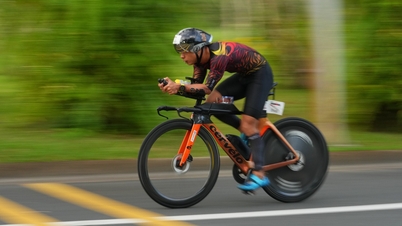






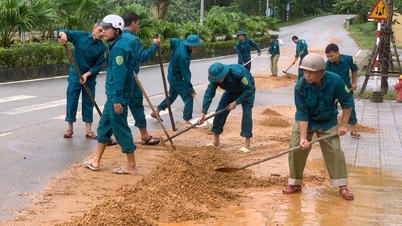

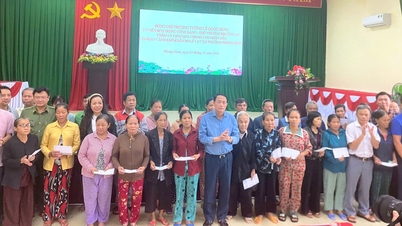




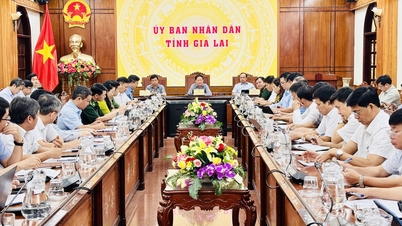

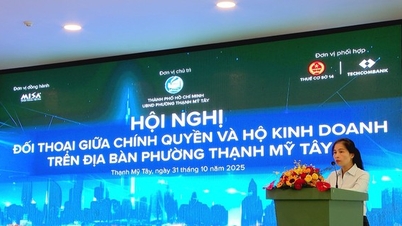







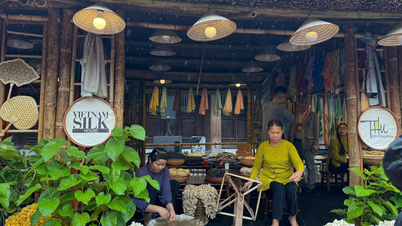



























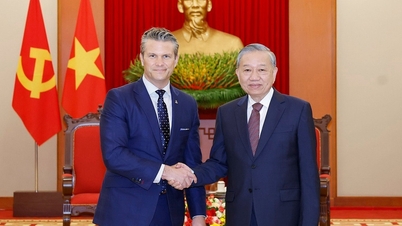
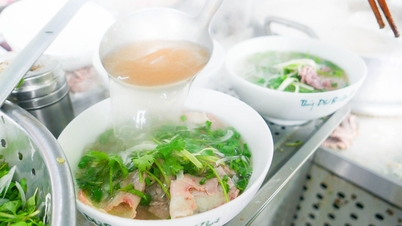

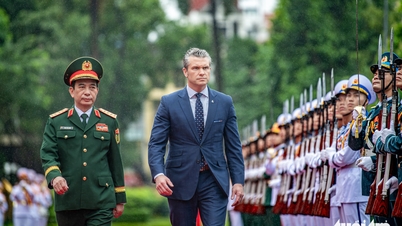

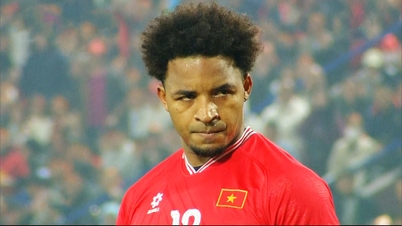



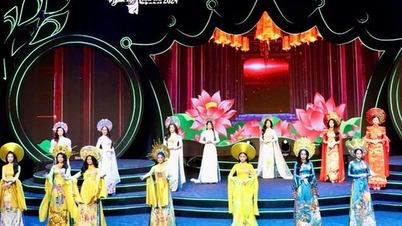


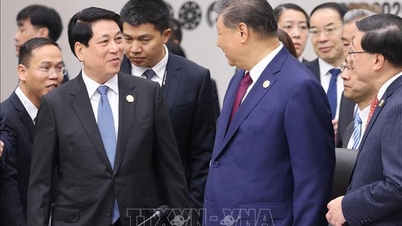









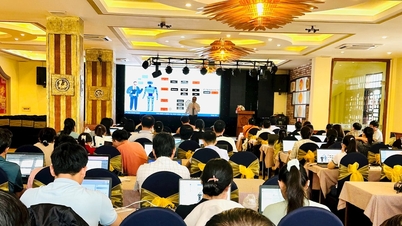














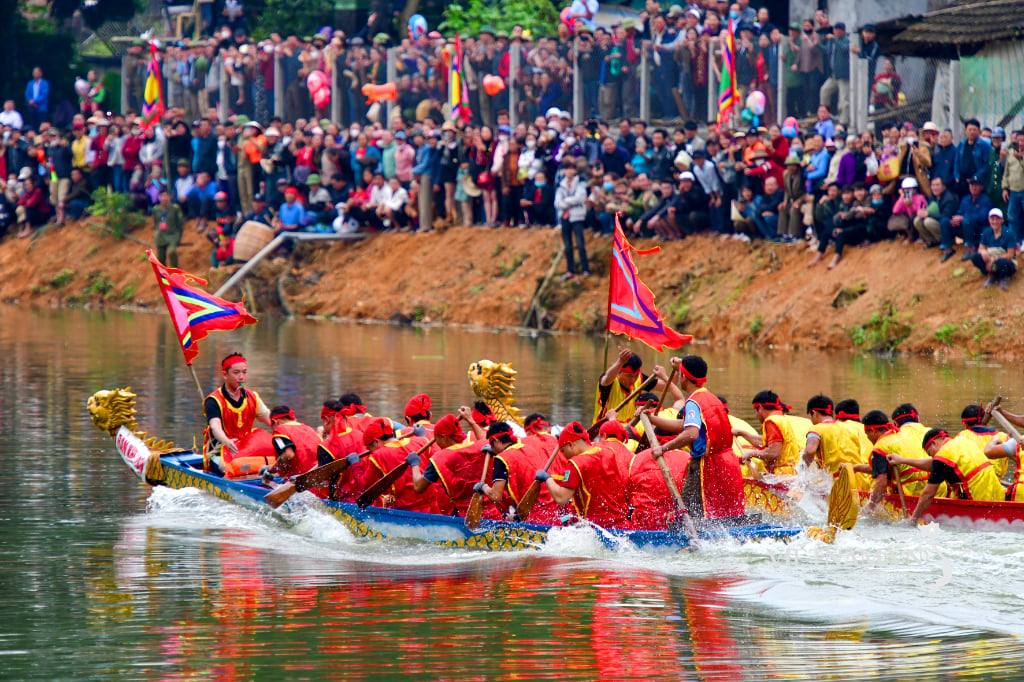
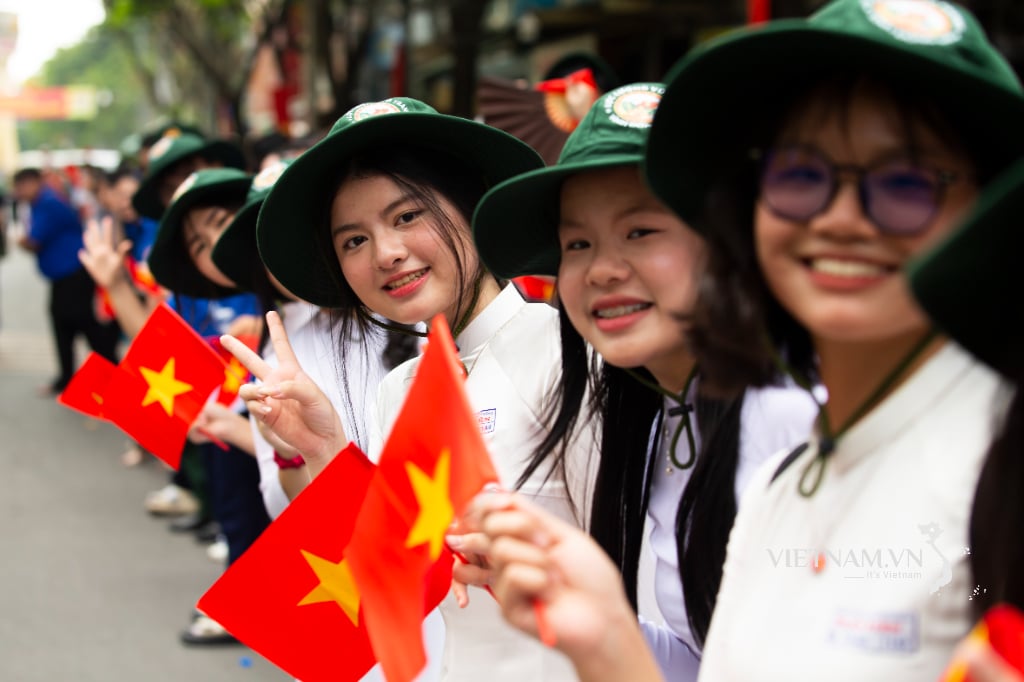
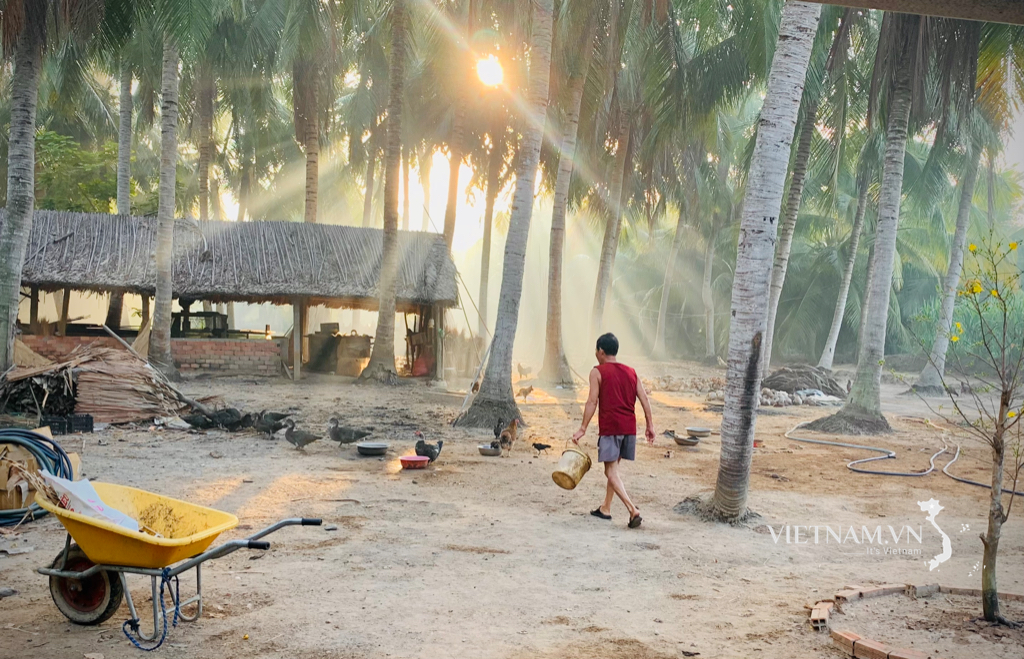
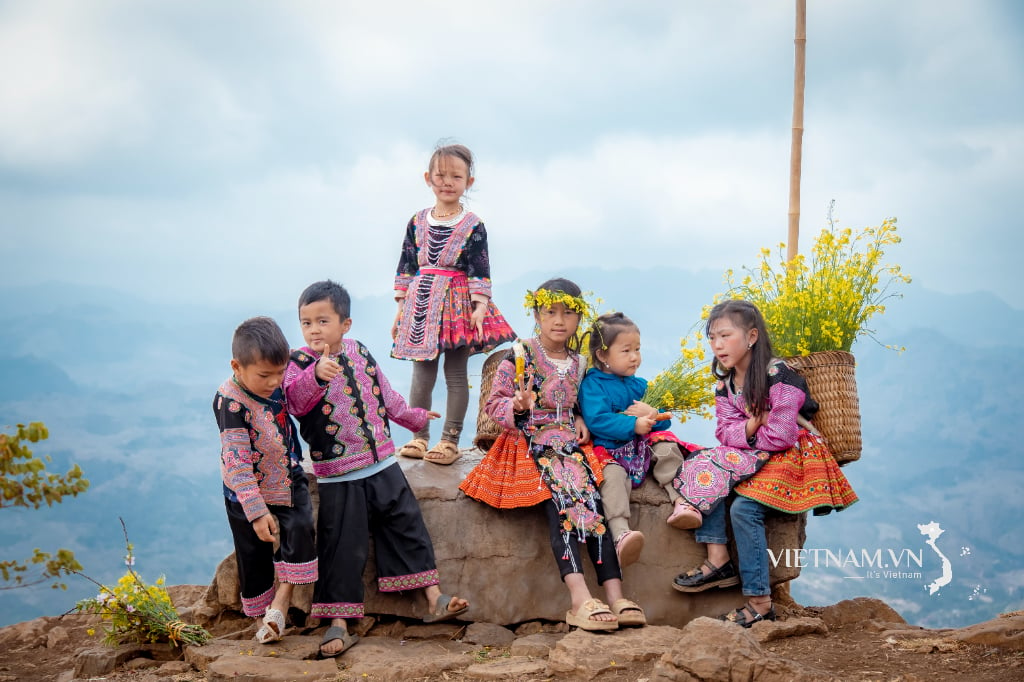
Comment (0)